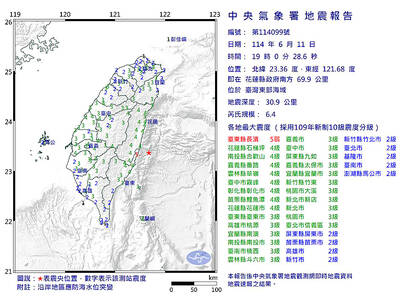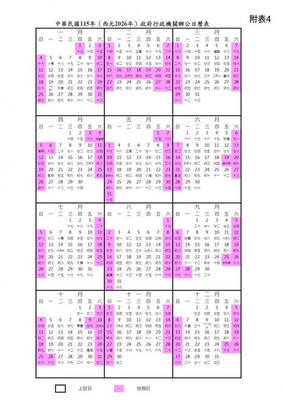The government is planning to continue importing eggs until the end of this year to make up for shortages, the Council of Agriculture (COA) said on Friday.
Taiwanese consume 23.6 million to 24 million eggs per day, while daily production in the past few weeks was 22.2 million, the council said.
An import program to address the egg shortage would continue until Dec. 31, it added.
Manufacturers of processed food products are permitted to import eggs, including liquid and boiled eggs, COA minister Chen Chi-chung (陳吉仲) said, adding that the imported eggs would be subject to the same food safety standards as domestically produced ones.
Eggs from China and Vietnam cannot be imported, as the countries use poultry vaccines that are not permitted in Taiwan, he added.
The council would also work with egg farmers to increase production, including by importing 300,000 to 500,000 egg-laying hens this year, Chen said.
The council also provides two-year interest-free loans to farmers seeking to upgrade open-air chicken coops to roofed facilities that allow for better temperature regulation, he added.
Even though Taiwan’s avian flu situation has been brought under control and farmers have ramped up breeding efforts, effects on egg production would take time to manifest, he said.
However, egg production should begin to stabilize in May or June, he said.
The council originally estimated that egg output would stabilize this month, but cold weather depressed production, he said.
Lin Tien-lai (林天來), who heads an egg producers’ association in Taipei, said he supports the council’s import program.
However, as imported eggs would be used for processed food production, it would not affect consumer egg prices, he said.
Even though the measure would increase the number of eggs available, it would mostly lead to more hoarding, he said.
Separately, Chen said that wholesale prices of duck eggs have risen due to higher feed costs, calling it an effect of market forces.

A magnitude 6.4 earthquake struck off the coast of Hualien County in eastern Taiwan at 7pm yesterday, the Central Weather Administration (CWA) said. The epicenter of the temblor was at sea, about 69.9km south of Hualien County Hall, at a depth of 30.9km, it said. There were no immediate reports of damage resulting from the quake. The earthquake’s intensity, which gauges the actual effect of a temblor, was highest in Taitung County’s Changbin Township (長濱), where it measured 5 on Taiwan’s seven-tier intensity scale. The quake also measured an intensity of 4 in Hualien, Nantou, Chiayi, Yunlin, Changhua and Miaoli counties, as well as

Taiwan is to have nine extended holidays next year, led by a nine-day Lunar New Year break, the Cabinet announced yesterday. The nine-day Lunar New Year holiday next year matches the length of this year’s holiday, which featured six extended holidays. The increase in extended holidays is due to the Act on the Implementation of Commemorative and Festival Holidays (紀念日及節日實施條例), which was passed early last month with support from the opposition Chinese Nationalist Party (KMT) and Taiwan People’s Party. Under the new act, the day before Lunar New Year’s Eve is also a national holiday, and Labor Day would no longer be limited

COMMITMENTS: The company had a relatively low renewable ratio at 56 percent and did not have any goal to achieve 100 percent renewable energy, the report said Pegatron Corp ranked the lowest among five major final assembly suppliers in progressing toward Apple Inc’s commitment to be 100 percent carbon neutral by 2030, a Greenpeace East Asia report said yesterday. While Apple has set the goal of using 100 percent renewable energy across its entire business, supply chain and product lifecycle by 2030, carbon emissions from electronics manufacturing are rising globally due to increased energy consumption, it said. Given that carbon emissions from its supply chain accounted for more than half of its total emissions last year, Greenpeace East Asia evaluated the green transition performance of Apple’s five largest final

Taiwan is to extend its visa-waiver program for Philippine passport holders for another year, starting on Aug. 1, Minister of Foreign Affairs Lin Chia-lung (林佳龍) said on Friday. Lin made the announcement during a reception in Taipei marking the 127th anniversary of Philippine independence and the 50th anniversary of the establishment of the Manila Economic and Cultural Office (MECO) in Taiwan, the Ministry of Foreign Affairs said. The decision reflected Taiwan’s commitment to deepening exchanges with the Philippines, the statement cited Lin as saying, adding that it was a key partner under the New Southbound Policy launched in 2016. Lin also expressed hope